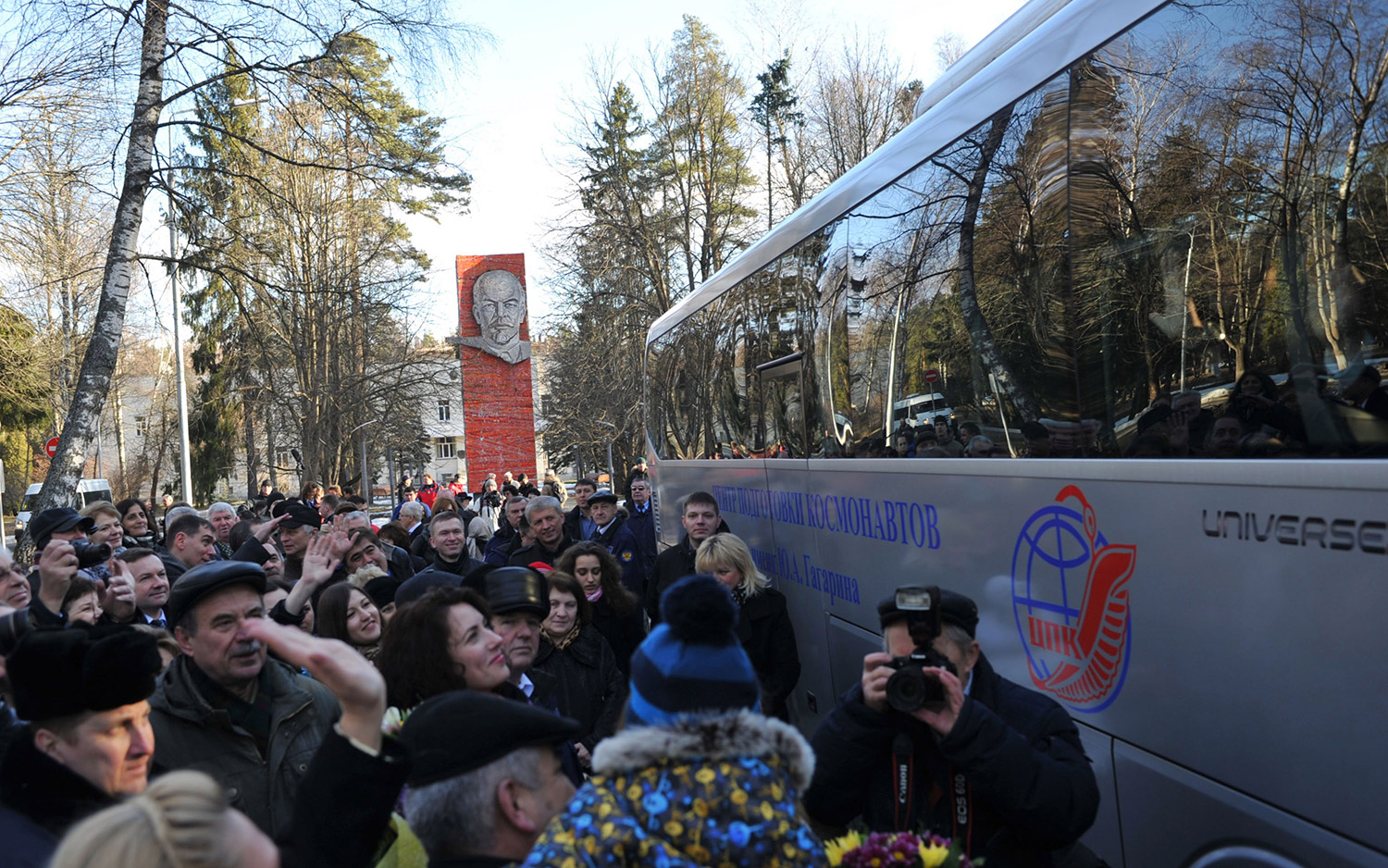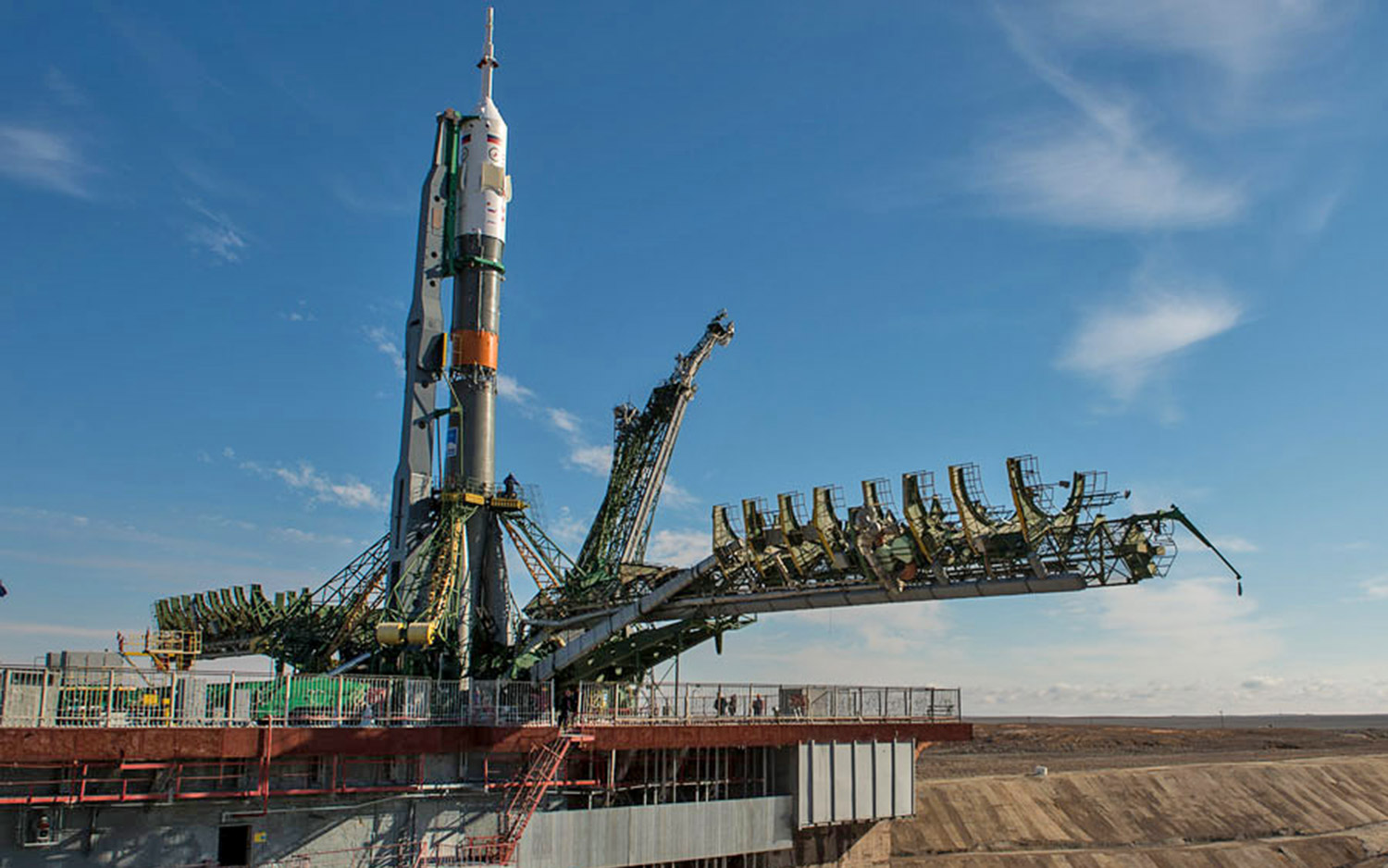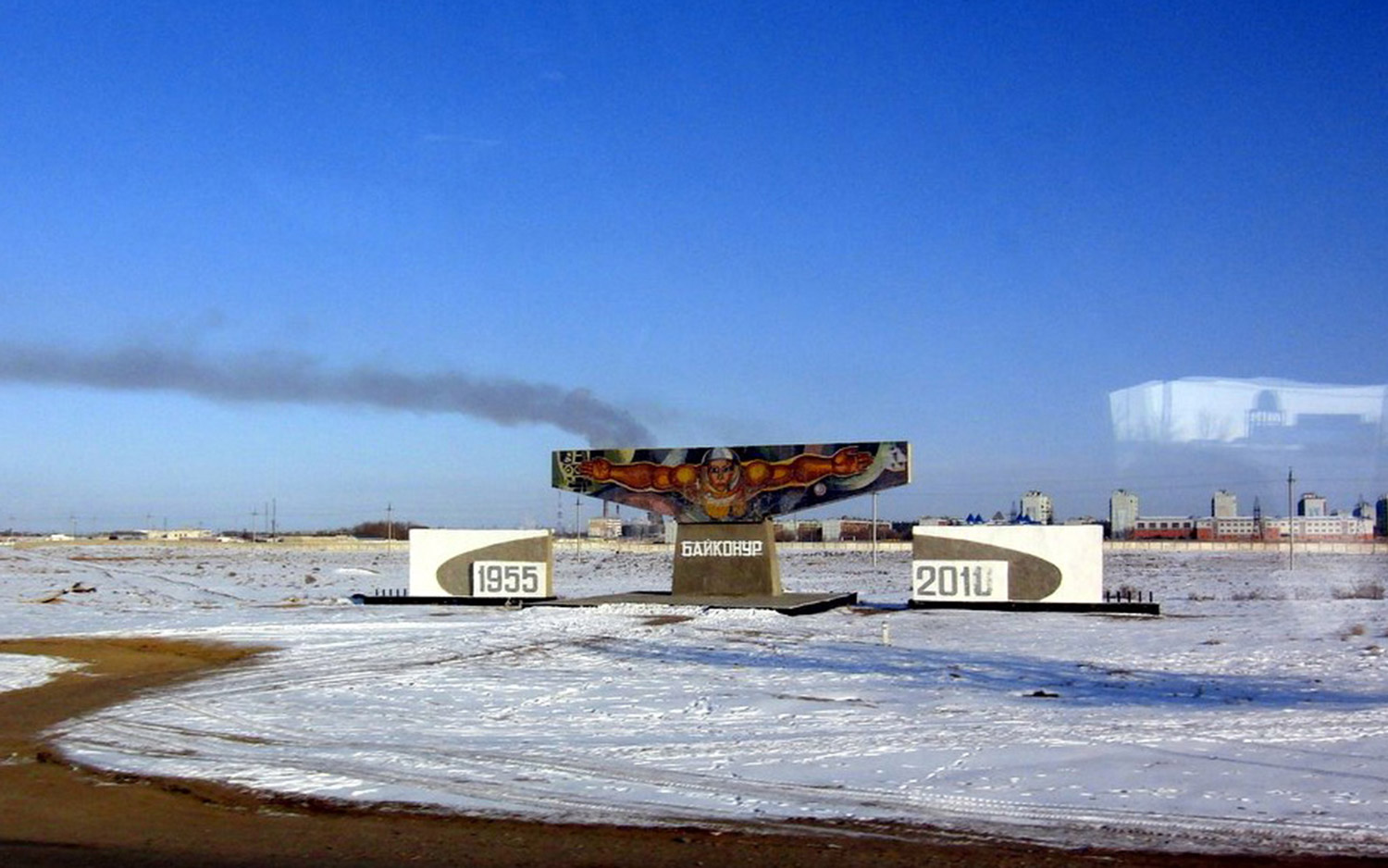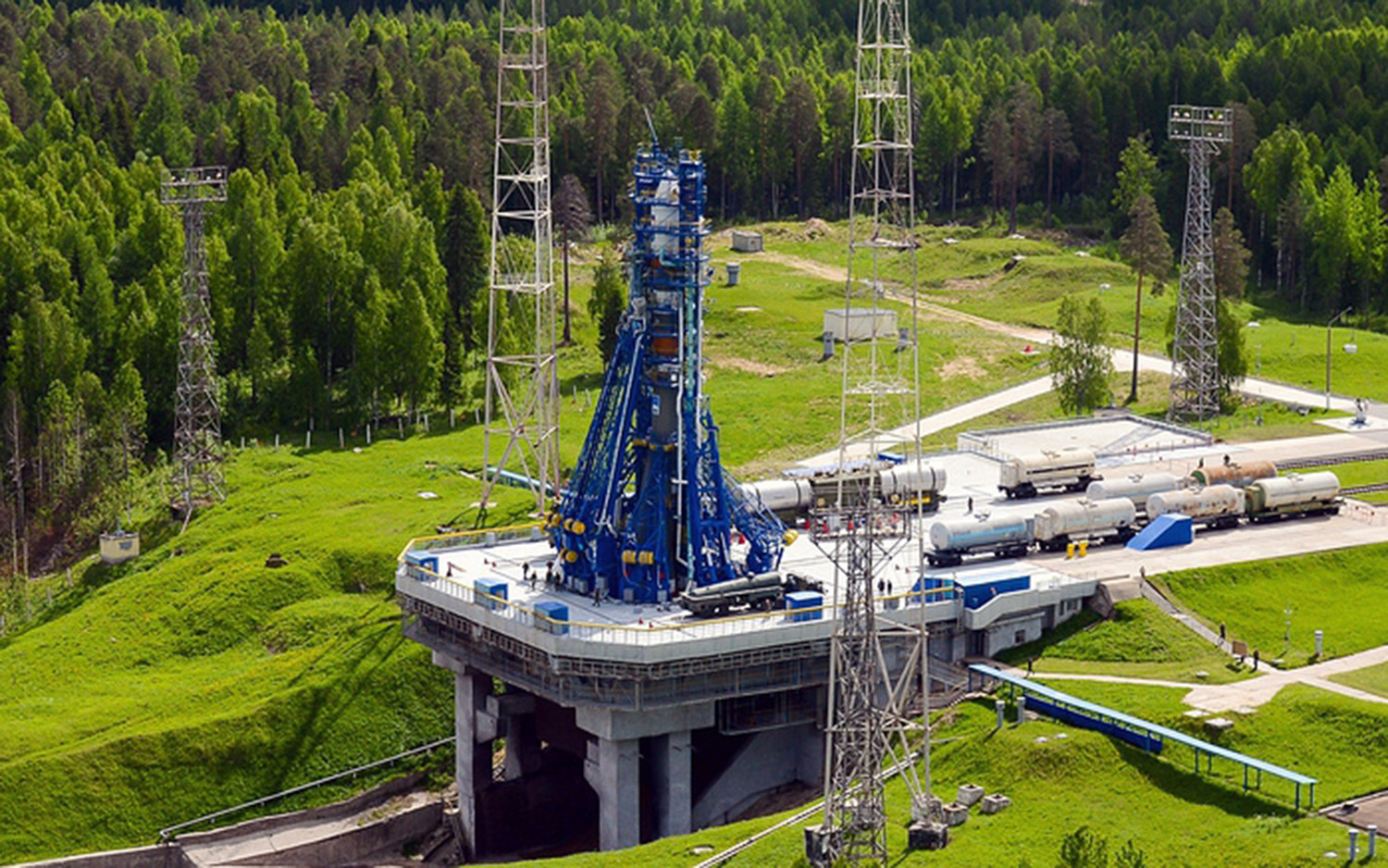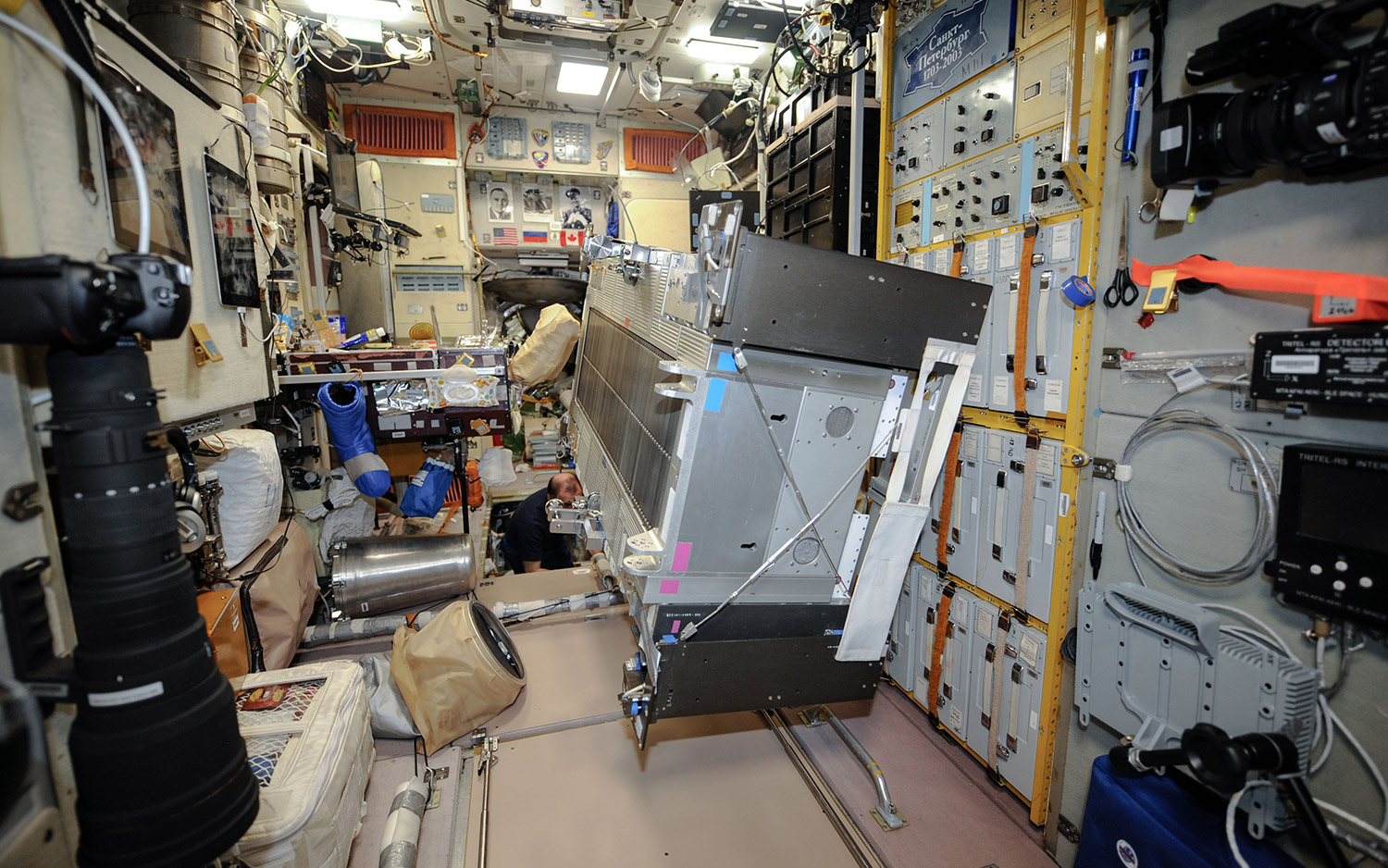Roscosmos: Russia's Space Centers and Launch Sites in Pictures
Russia's Space Centers
Russia has been a powerhouse in space exploration since the Space Age began. In 1961, the nation (then known as the Soviet Union) rocketed Yuri Gagarin into space, marking the first human to venture into orbit. Today, the country still launches astronauts from the Baikonur Cosmodrome, and it hosts crews on its part of the International Space Station. Here's a brief tour of some of the main Russian locations in spaceflight.
FIRST STOP: Mission Control Center Moscow
Mission Control Moscow
Like NASA's famous Mission Control in Houston, the Russians also have their own facility called the RKA Mission Control Center (abbreviated as TsUP). Today it is one of the centers of control for the International Space Station, and it also manages flight control for human spaceships (such as Soyuz) or cargo ships (such as Progress). In past years, it also was responsible for control of the Mir space station. The memorial control room is still on site.NEXT: Star City
Star City/Gagarin Cosmonaut Training Center
Star City is a zone just outside of the city of Moscow where cosmonauts have trained for spaceflight since the 1960s. However, operations are opened up to westerners after the fall of the Soviet Union. Today, multinational crews for the International Space Station work together there for months or years ahead of their spaceflights.
The zone is so large that it hosts a railway station, a museum and several facilities for the families living there. It also has the Yuri Gagarin Cosmonaut Training Center, which includes facilities such as spacecraft mockups and parabolic aircraft to simulate the microgravity of spaceflight. Astronauts also perform survival training in the forests surrounding Moscow.
NEXT: Baikonur Cosmodrome
Baikonur Cosmodrome
This is where human spaceflight began. On April 12, 1961, Yuri Gagarin rocketed into space from the Baikonur Cosmodrome, which was then located in the Soviet Union. Its location wasn't disclosed to the western world until years later. But in recent years, much has changed. Baikonur's nationality changed to Kazakhstan after the breakup of the Soviet Union in 1991. The Russians now lease Baikonur for $115 million USD, and people carrying Russian visas are permitted to enter the area.
Baikonur also started hosting western crews in the 1990s, when the shuttle-Mir program was created. The first NASA astronaut (Norman Thagard) to blast off from Baikonur did so in 1995. These days, NASA astronauts go to space from Baikonur a few times a year. That's because the Russian Soyuz spacecraft are the only option for NASA to bring its astronauts to space right now, since the space shuttle was retired in 2011. New American commercial crew vehicles are forthcoming, however.
NEXT: Baikonur City
Breaking space news, the latest updates on rocket launches, skywatching events and more!
Baikonur City
The town of Baikonur (formerly known as Tyuratam) is a unique mix of Kazakh citizens and Russian officials there to work on the space program. Some media outlets have reported troubles with working conditions and drugs, and in 2017 a worker from Russia's NPO Mashinostroyenia rocket and space company died due to a rocket stage-induced brush fire in the nearby desert and drop zone.
However, relations with Russia persist in large part because the local economy is so dependent on the space program. In May 2018, Russia transferred part of the Baikonur territory to Kazakhstan, but Kazakhstan will still use Russian space technology for its operations.
NEXT: Plesetsk Cosmodrome
Plesetsk Cosmodrome
Plesetsk is located about 800 km (500 miles) north of Moscow, and is commonly used to launch polar-orbiting satellites from Russia. The site was originally an ICBM launching area for the R-7. Activity picked up at this site in the 2000s, after the Baikonur Cosmodrome was moved into Kazakhstan territory with the end of the Soviet Union.
Nearby Plesetsk is a residential area called Mirny (peaceful) that is nearby the railway station that supplies the area. Plesetsk was originally intended for Zenit and Angara launch rockets, but ultimately the decision was made to focus on the Angara launch vehicle.
NEXT: Vostochny Cosmodrome
Vostochny Cosmodrome
In 2007, Russian president Vladimir Putin approved the construction of a new cosmodrome in the east of Russia, called Vostochny. Funds followed for construction in 2009. The ultimate goal was to bring more rockets into space from Russian space soil once again (which is something that had been discussed since the fall of the Soviet Union.)
The expected construction budget was $7.5 billion USD, with work to finish in 2018. Construction was marred by reports of spaceport workers not being paid, but Putin eventually pledged to personally oversee the construction. The complex has hosted three launches as of 2018, and more are expected in the coming years.NEXT: Russia's ISS Segment
Russian Segment of International Space Station
Russia also has a major space destination on the International Space Station. The Russian Orbital Segment is responsible for guidance, navigation and control for the entire space station. Russia also has five modules, called Zarya (sunrise), Zvezda (star), Pirs (pier), Poisk (search) and Rassvet (dawn).
In 2015, a report from Anatoly Zak in Air&Space Smithsonian described the conditions on the Russian side of the station. The Russians used to have a background buzz in their modules, and occasionally the Russian space agency (Roscosmos) barters for electricity and other items with NASA. The Russian crews have less science work to perform than those from other partner nations, but this does mean more time for Earth observations and spare-time activities.

Elizabeth Howell (she/her), Ph.D., was a staff writer in the spaceflight channel between 2022 and 2024 specializing in Canadian space news. She was contributing writer for Space.com for 10 years from 2012 to 2024. Elizabeth's reporting includes multiple exclusives with the White House, leading world coverage about a lost-and-found space tomato on the International Space Station, witnessing five human spaceflight launches on two continents, flying parabolic, working inside a spacesuit, and participating in a simulated Mars mission. Her latest book, "Why Am I Taller?" (ECW Press, 2022) is co-written with astronaut Dave Williams.


